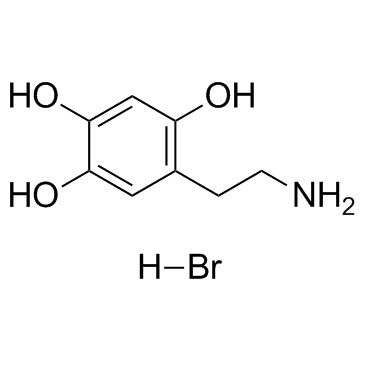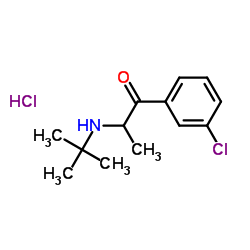| Structure | Name/CAS No. | Articles |
|---|---|---|
 |
Paroxetine maleate
CAS:64006-44-6 |
|
 |
6-HYDROXYDOPAMINE HYDROBROMIDE
CAS:636-00-0 |
|
 |
Paroxetine hydrochloride hydrate
CAS:110429-35-1 |
|
 |
bupropion hydrochloride
CAS:31677-93-7 |